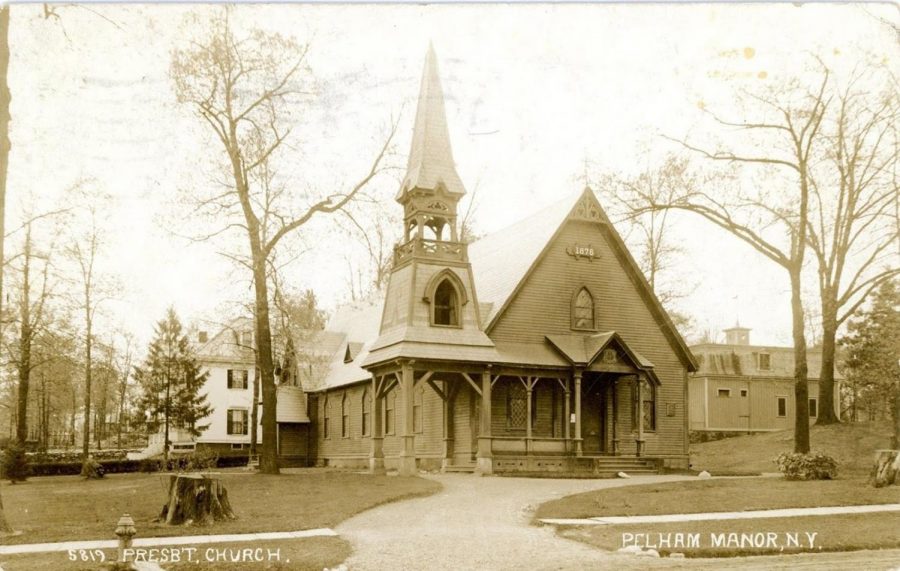The Hidden History of Pelham
February 24, 2021
It’s no secret that Pelham is a town rich in history. With roots stretching back to pre-Revolutionary War times, many Pelhammites were raised learning about various connections between Pelham and the history we learn in classroom textbooks. For the average Pelham history buff, there are more than enough fun historical sites in the Pelham area to keep yourself entertained.
Bartow-Pell Mansion Let’s start with the obvious: Bartow-Pell Mansion. Bartow-Pell traces its history back to the mid-17th Century, when notorious Pelhammite Thomas Pell purchased around 50,000 acres of land from the native Lenape people. Designated as both a New York and National Historical Landmark, Bartow-Pell has been fortunate to foster the financial support of many history lovers. As a result of this, Bartow-Pell has become a fascinating museum and historical property. Those interested in activities such as Native Lenape cultural immersion and beginner hikes will love Bartow Pell! Visit their website here.
Split Rock As the namesake of Split Rock Golf Course, many Pelham citizens may recognize the name “Split Rock.” But did you know that Split Rock actually has some fascinating historical significance? The glacial boulder, which is split into two with a large crack, was the site of the Siwanoy killing of Anne Hutchinson, a Puritan spiritual who was banned from Massachusetts Bay Colony. It has been storied that Hutchinson’s young daughter Susannah was able to hide from Siwanoy natives in the large crack of the rock! But it doesn’t stop there — Split Rock was also the site of the Battle of Pell’s Point during the Revolutionary War, a patriotic victory. Although Split Rock is not easy to get to today, it is not impossible for the dedicated history buff! For more information on how to get to Split Rock, as well as the Rock’s fascinating history, click here.
Huguenot Church Next up on the tour is a better known spot: Huguenot Church. Located across from Four Corners, Huguenot is a spot that many of us have passed without a second thought. However, the building is older than it looks, having been built in 1876. Also containing a preschool, huguenot, structurally, is a prime example of Gothic Revivalism, boasting a beautiful stone structure with gorgeous, tall windows. Huguenot Church can be found at 901 Pelhamdale Avenue in Pelham Manor.
Four Corners This key Pelham spot has been a cultural center of the Manor for a long time. Boston Post Road is historically significant for allowing for easier transportation of goods from New York to Boston. However, Pelhamdale Avenue, the other street composing the “Four Corners,” is also rich in history. According to the Pelham preservation Society website, Pelhamdale originated as little more than a cow path, but grew quickly with the arrival of the railroad in the late 19th Century.
Four Corners Police Booth Have you ever wondered what the little hut on the Northwest corner of “Four Corners” is for? According to the Pelham Preservation Society website, the booth was created around 1920 to honor the devoted traffic-directing police officers of Four Corners. In fact, one of the earliest inhabitants of the booth was John McCormack, also known as “Mack,” an officer so bubbly and outgoing that he earned a cameo in Frank Lloyd’s 1921 Crime Film “The Invisible Power” – a film that had scenes shot in Pelham!
Pelham is surrounded by history on all sides. If you ever need something to do, consider searching for some of these awesome historical spots!




